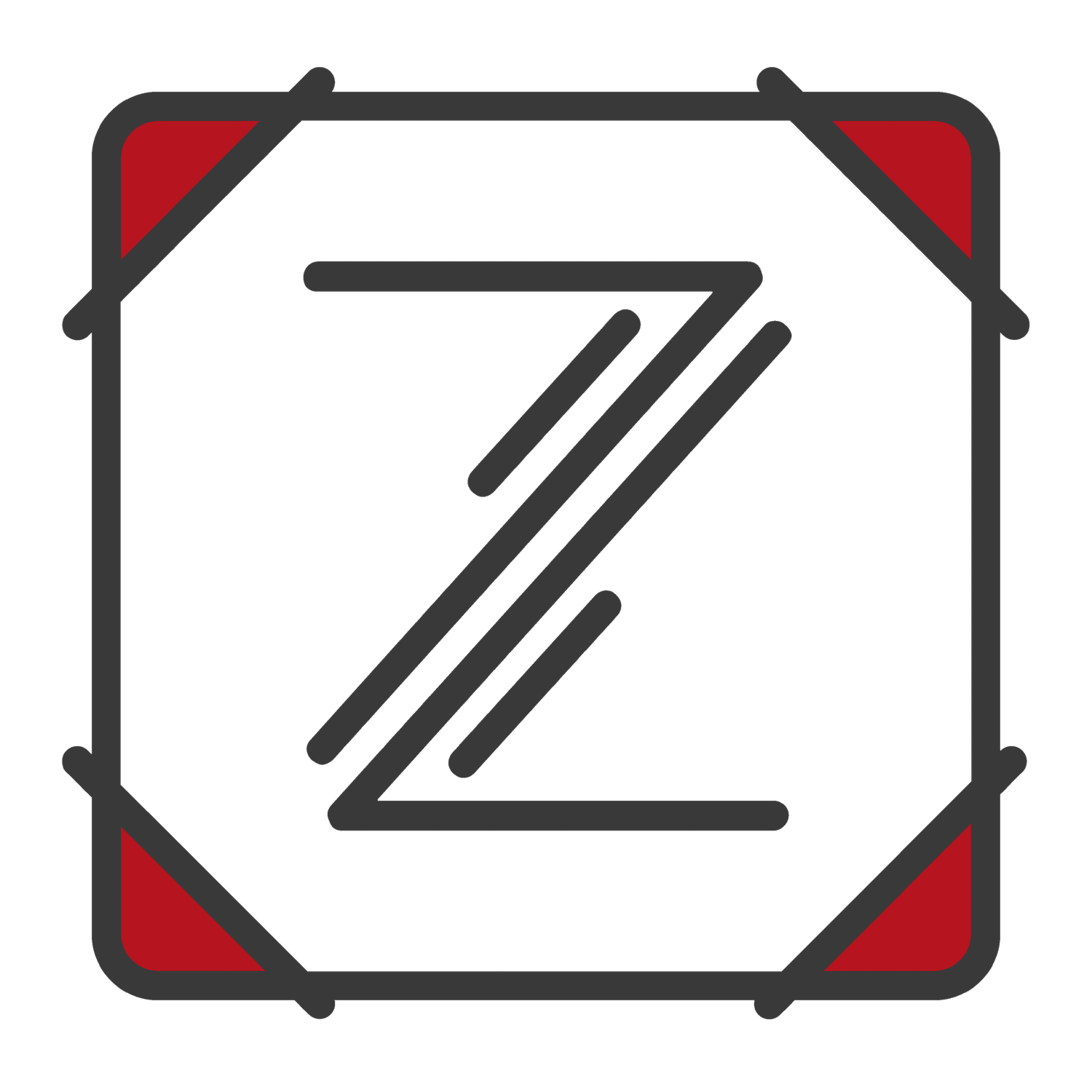
The goal of this project was to redesign an internal platform to optimize workflows for managing candidates in the recruitment process. The project aimed to improve user experience, increase operational efficiency, and streamline communication
Role & Responsibilities:
As the lead UX designer, I was responsible for conducting user research, defining personas, and executing end-to-end design, including wireframes, interactive prototypes, and a final high-fidelity solution. Collaborating closely with stakeholders was key to ensuring the design met business needs while addressing user pain points.
The Challenge:
The existing platform was difficult to navigate, lacked clear workflows, and led to inefficiencies in managing candidate information. Key issues included:
• Complex Workflow: The candidate management process was cumbersome, with an over-complicated interface that hindered team productivity.
• Lack of Mobile Responsiveness: The platform was not optimized for mobile devices, limiting users’ ability to access critical information on the go.
Research & Insights:
To address these challenges, I initiated a thorough research phase, consisting of stakeholder interviews and user interviews. Key insights included:
• Pain Points with multiple systems: Users found the previous method of updating candidate information unintuitive, leading to frustration and wasted time.
• Disjointed Communication: Stakeholders emphasized the need for a streamlined, collaborative space where feedback and updates could be shared easily in one place.
• Mobile Usability Needs: With many users needing to access the platform remotely, there was a clear demand for a mobile-responsive design.
Created Personas:
After interviewing key stakeholders, I created personas. To ground the design in real user needs, I created detailed personas based on the research findings. These personas represented the main user groups: internal recruiters, and hiring managers. These personas allowed me to identify pain points and then use these pain points to create solutions.
Initial planning using information architecture:
The first step was to redefine the information architecture to simplify navigation and ensure that key features were easily accessible. I worked with the leadership team and end users to come up with basic work flows. This information was used to create a sitemap for the candidate tracker.
Low fidelity Design:
Next, I created a low fidelity design to ensure the web-app would have the functionality and features that users were excited about. I also created the necessary workflows to solve previous pain points.
Interactive Prototype:
I created a high fidelity, interactive prototype to show how a final product workflow might look.
Dynamic Scaling :
I used Figma tools to ensure the design, branding, and usefulness remained intact when scaling down to mobile devices. This way, users could access the web app on the go and in the office.
Solution:
This project successfully transformed a complex, and time consuming recruiting process into an intuitive, collaborative tool that addressed user needs and business goals. Through thorough research, iterative design, and user feedback, I was able to deliver a solution that streamlined processes, improved internal communication, and created a more positive user experience for all stakeholders involved.









